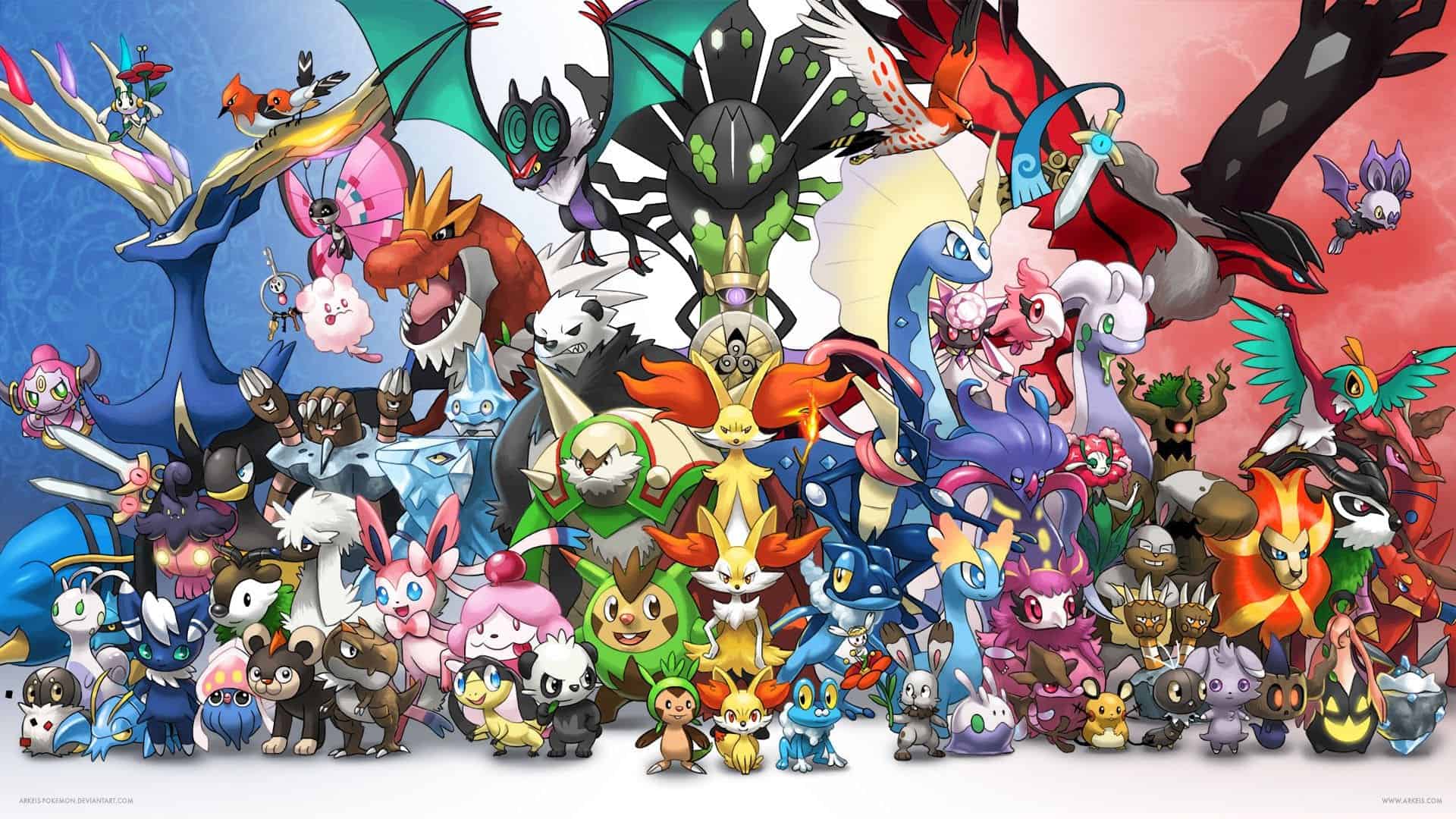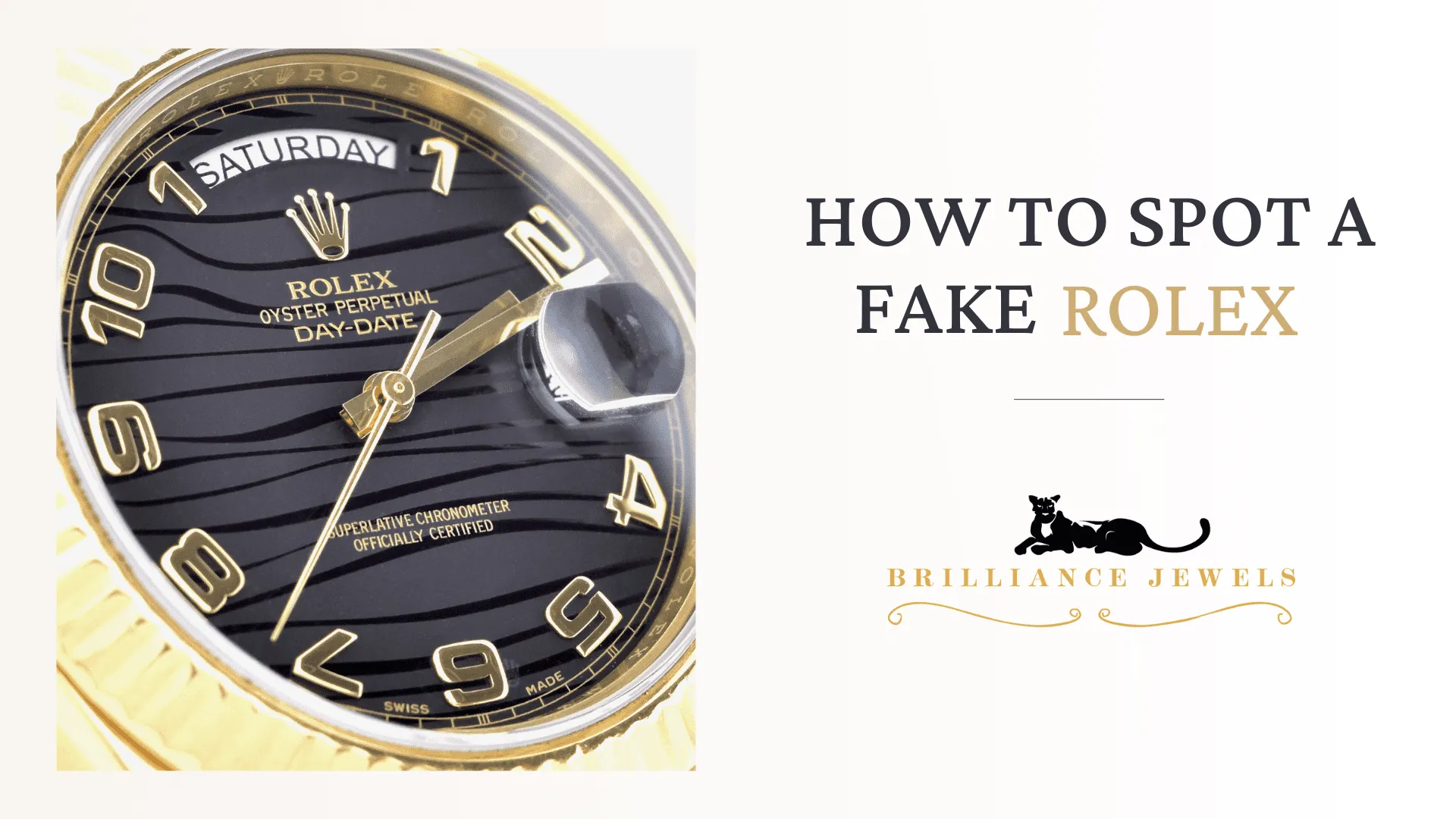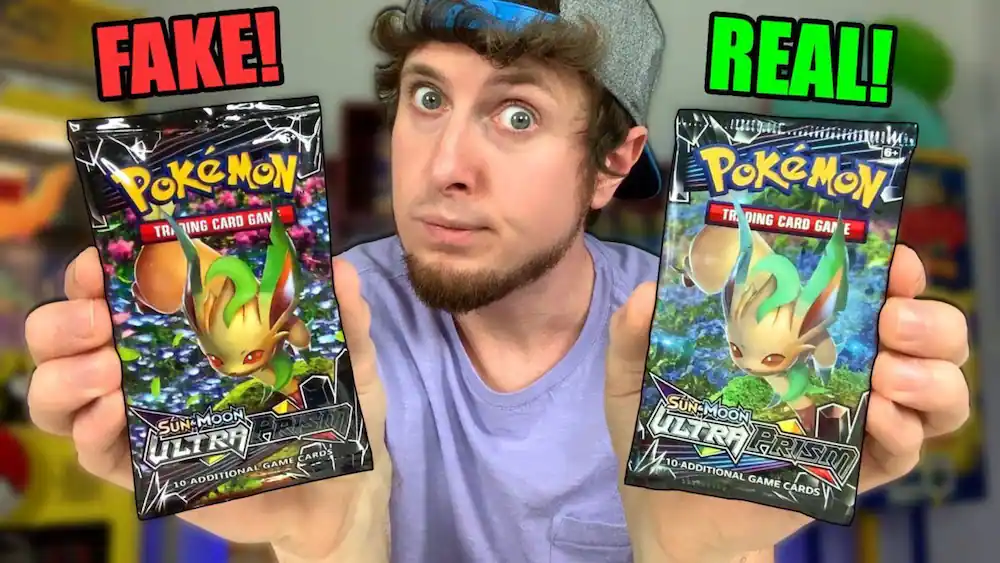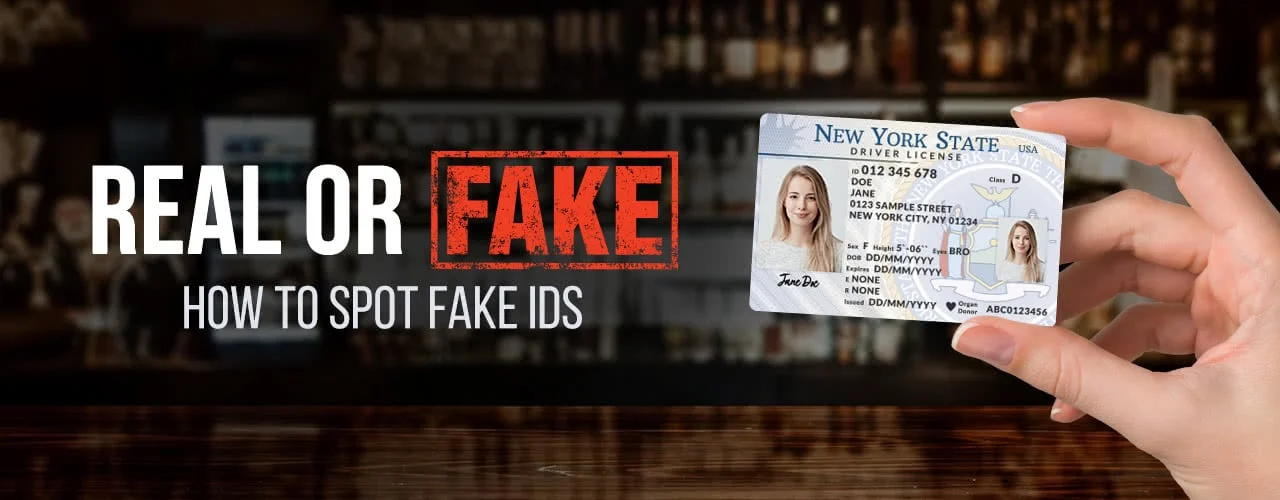How Can You Tell If a Pokemon Card Is Fake
“How Can You Tell If a Pokemon Card Is Fake” The world of Pokémon cards has captivated collectors and enthusiasts for decades, with rare and valuable cards fetching impressive prices in the market. However, as the demand for these cards has grown, so has the prevalence of counterfeit Pokémon cards. Distinguishing between genuine and fake cards can be a challenging task, but with careful examination and knowledge of key indicators, collectors can protect themselves from purchasing fraudulent items. In this comprehensive guide, we will delve into various aspects that can help you determine if a Pokémon card is authentic or fake.
Paper Quality and Texture

One of the initial indicators of a counterfeit Pokémon card lies in the paper quality and texture. Genuine Pokémon cards are typically printed on high-quality cardstock, which feels sturdy and smooth to the touch. Fake cards often use lower-quality materials, resulting in a different texture that may feel flimsy or excessively glossy. Authentic cards also tend to have a consistent thickness, while counterfeit cards may vary in thickness or feel thinner overall.
Color Discrepancies
Examining the colors on a Pokémon card is crucial for identifying fakes. Genuine cards exhibit vibrant and accurate colors, with high-quality printing that ensures the artwork appears crisp and clear. Counterfeit cards may display noticeable color discrepancies, such as oversaturation, faded colors, or a lack of detail in the artwork. Pay close attention to the color of the card’s border, as fake cards may have a different hue or intensity.
Font and Text Alignment
/cdn.vox-cdn.com/uploads/chorus_asset/file/22162334/Screenshot__746_.png)
Pokémon cards feature specific fonts and text alignments that are consistent across genuine cards. Counterfeit cards often deviate from these standards, with irregularities in font size, spacing, and alignment. Examine the card’s text carefully, including the name of the Pokémon, attack descriptions, and any other written content. Authentic cards maintain a high level of precision in text placement and font consistency.
Holographic Patterns
Holographic patterns, commonly found on rare and special Pokémon cards, can be a key indicator of authenticity. Genuine holographic patterns exhibit a smooth, dynamic, and consistent shine when the card is tilted under light. Counterfeit holographic patterns may appear static, uneven, or exhibit a grainy texture. Additionally, fake holographic cards may lack the intricate detailing present in authentic cards.
Card Back Design
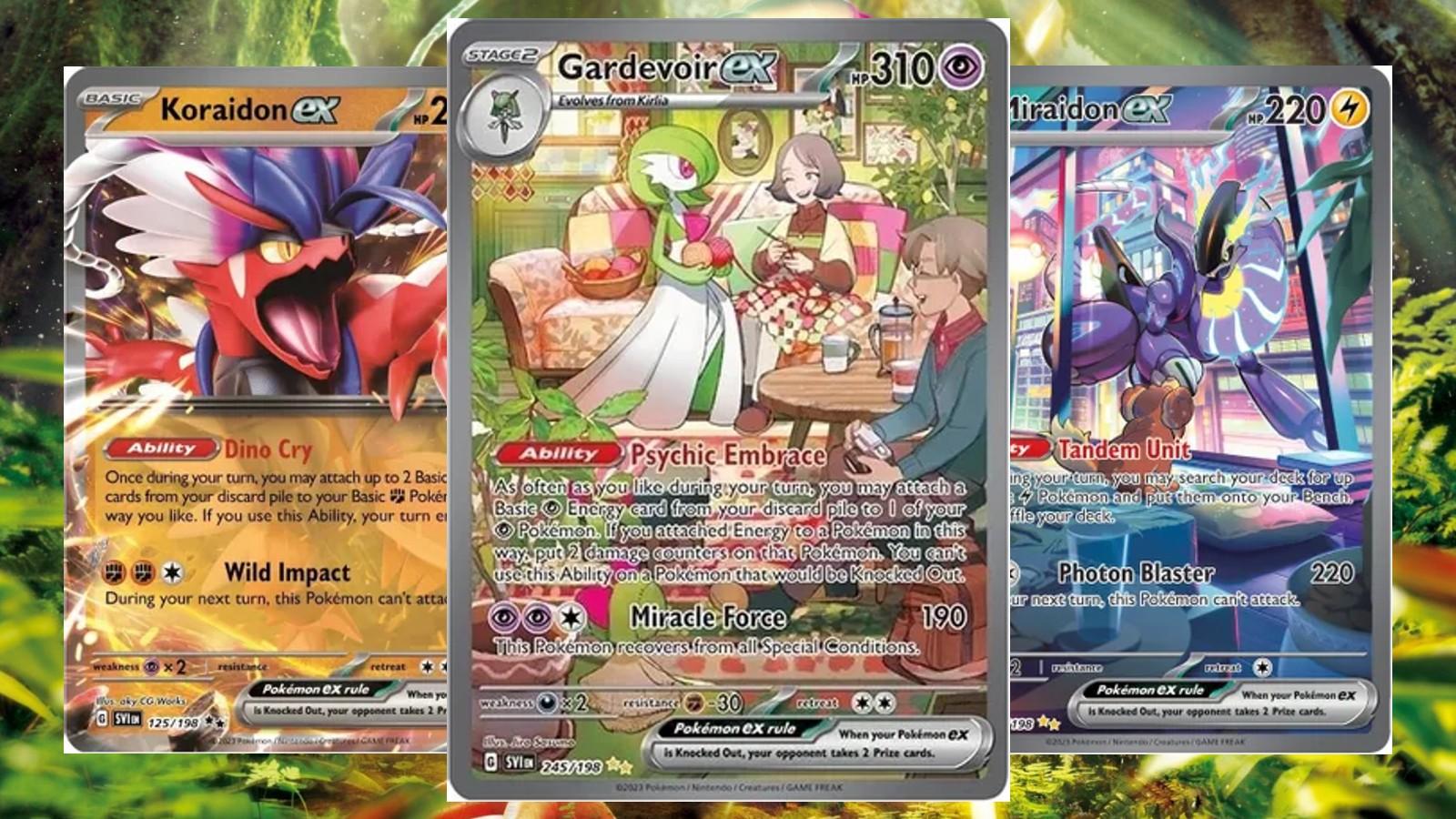
The back of a Pokémon card is as important as the front when it comes to authentication. Genuine cards have a specific design for the card back, featuring the iconic Pokémon logo, a clear illustration of Pikachu, and a consistent pattern. Counterfeit cards often have noticeable differences in the back design, including the wrong logo, incorrect colors, or altered patterns. Always compare the back of a card to a known authentic example to spot potential fakes.
Watermark Presence
Certain Pokémon cards have a holographic watermark, often shaped like the Pokémon logo, visible when the card is held up to the light. This watermark is difficult to replicate, making it a reliable feature for authentication. Genuine cards will have a clear and distinct watermark, while counterfeit cards may lack this feature entirely or display a poorly reproduced version.
Card Size and Cut

Authentic Pokémon cards adhere to specific size standards, and their edges are precisely cut. Counterfeit cards may deviate from these dimensions, with noticeable size variations or uneven cuts. Examine the card’s edges for any irregularities, such as fraying, rough cuts, or a different bevel angle. Authentic cards maintain a clean and consistent appearance around the edges.
Check the Card’s Weight
Genuine Pokémon cards are made from high-quality materials that contribute to a specific weight. While this method may not be foolproof, counterfeit cards may feel lighter or heavier than authentic ones. Use a scale to compare the weight of the card in question to a known genuine card of the same type.
Scrutinize the Card’s Foil Patterns

For cards with foil patterns or textures, such as those found in holographic or rare cards, scrutinizing the foil is essential. Authentic cards feature carefully designed foil patterns that complement the artwork. Counterfeit cards may have poorly replicated foil, with inconsistencies in the pattern or a lack of the intricate details present in genuine cards.
Research and Compare
When in doubt, research and comparison can be invaluable tools in identifying fake Pokémon cards. Utilize reputable online resources, official Pokémon card databases, and collector communities to compare the card in question with authentic examples. Pay attention to the details and gather as much information as possible to make an informed assessment.
Conclusion
As the popularity of Pokémon cards continues to soar, so does the prevalence of counterfeit cards. However, armed with knowledge and a keen eye for detail, collectors can navigate the market with confidence. By thoroughly examining paper quality, colors, fonts, holographic patterns, card backs, watermarks, size, weight, foil patterns, and conducting thorough research, collectors can significantly reduce the risk of purchasing fake Pokémon cards. Stay vigilant, stay informed, and enjoy the world of Pokémon card collecting with the assurance that your collection is authentic and valuable.
